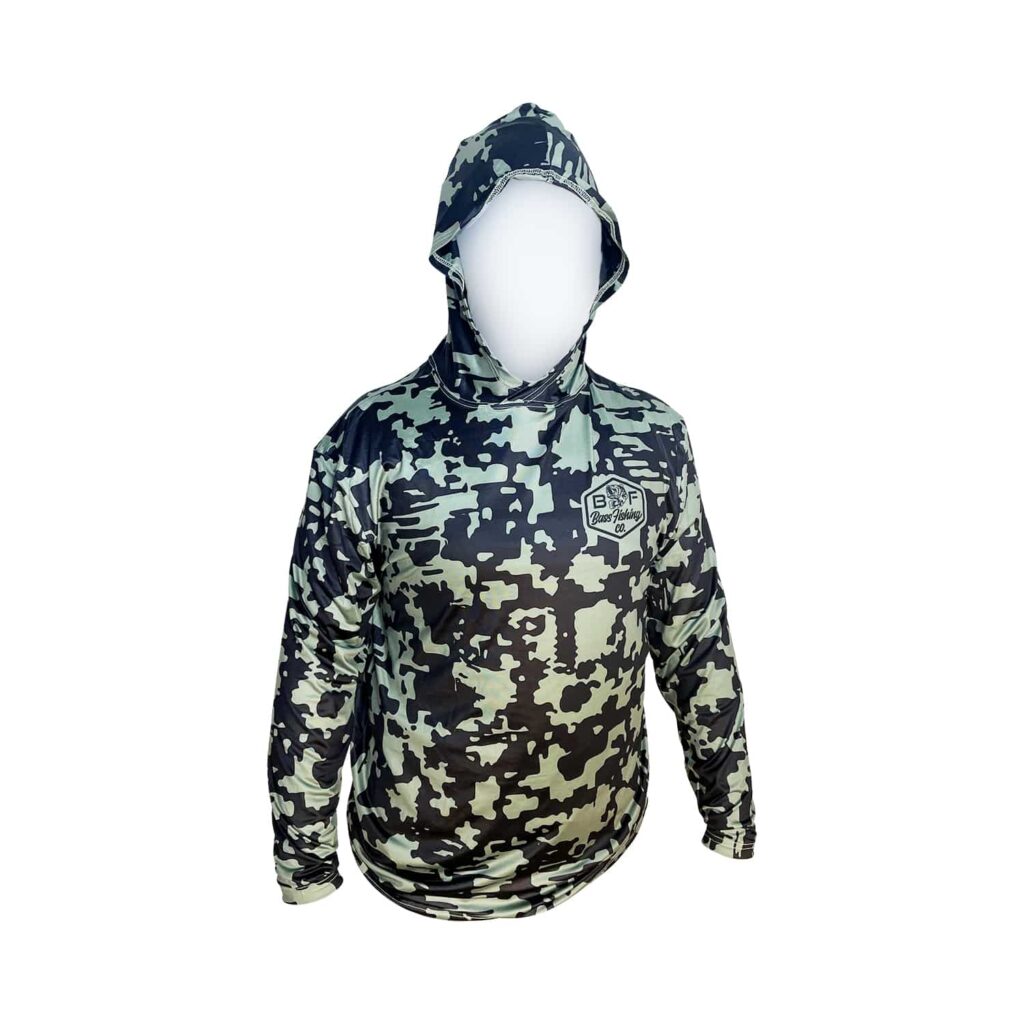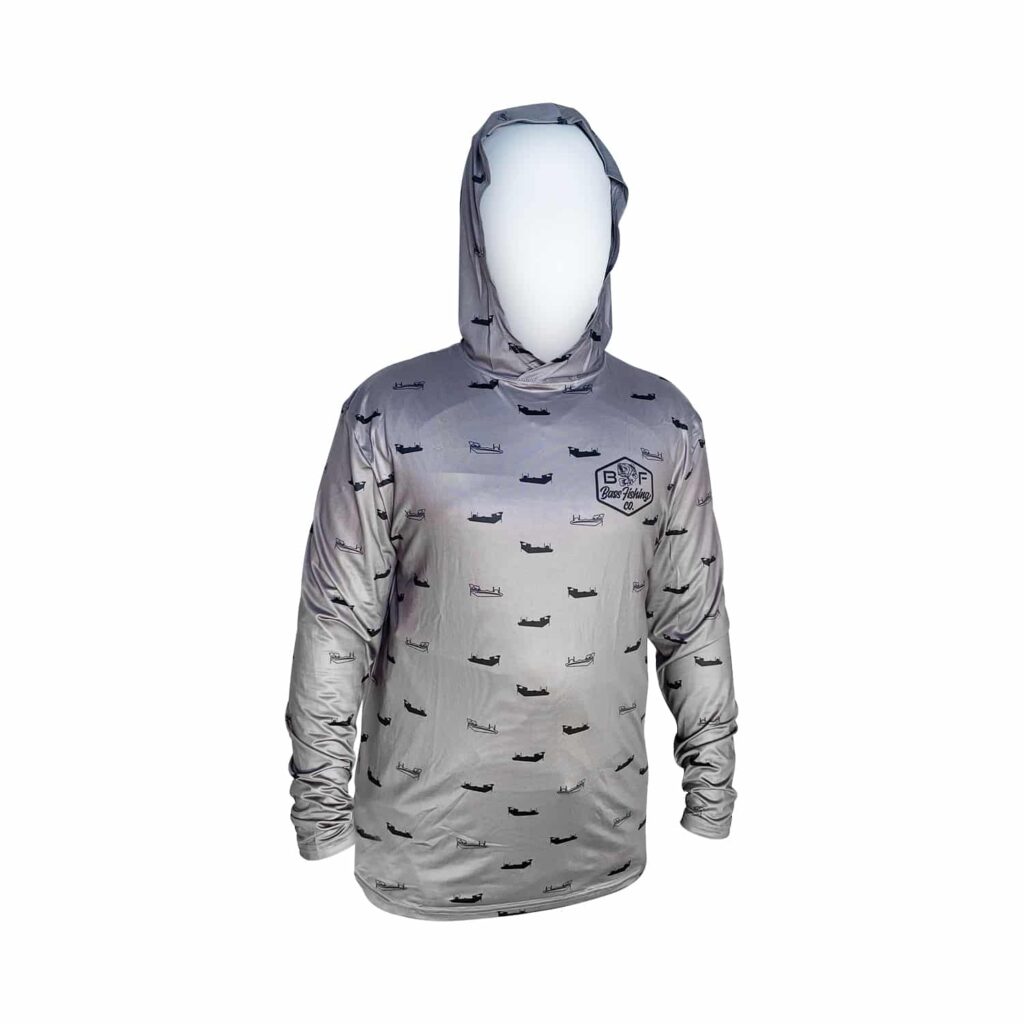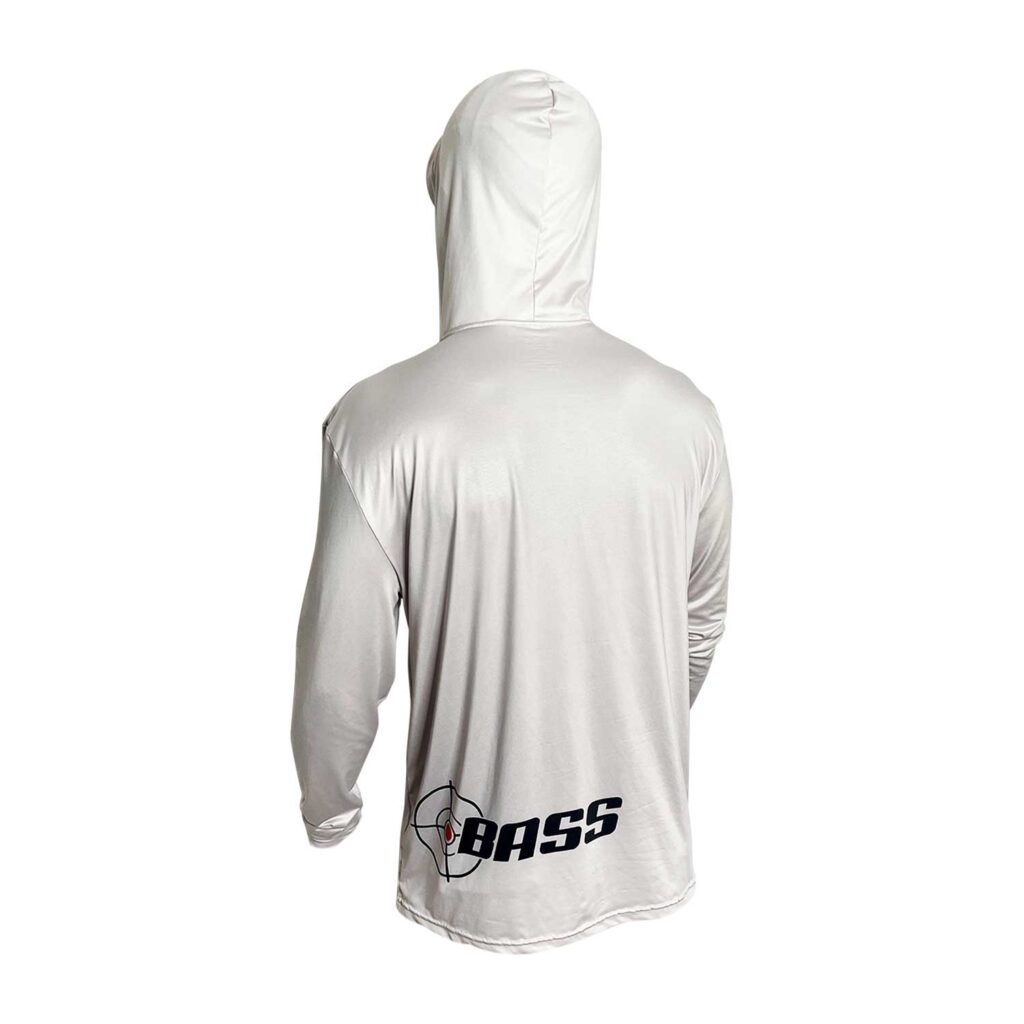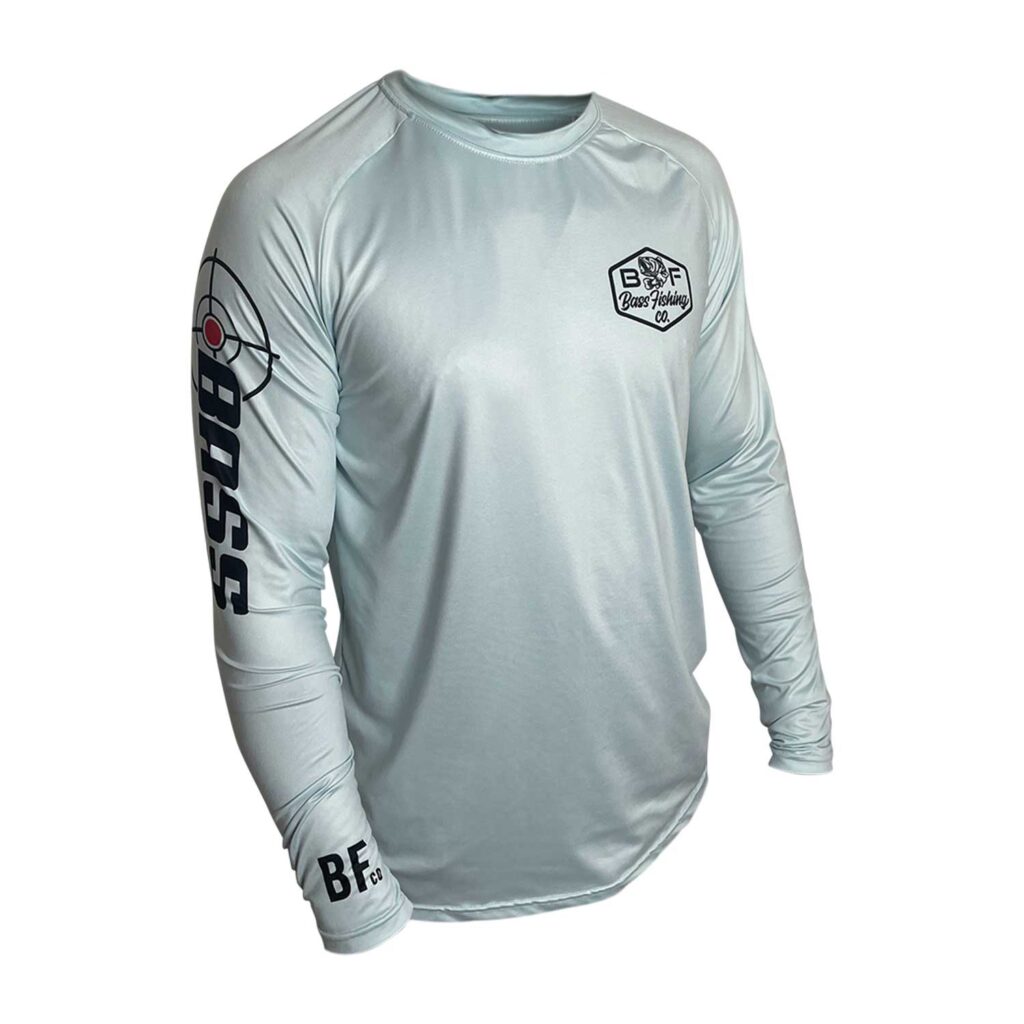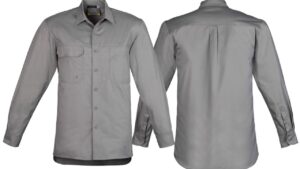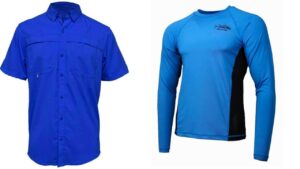Free Shipping over $50+ Order..
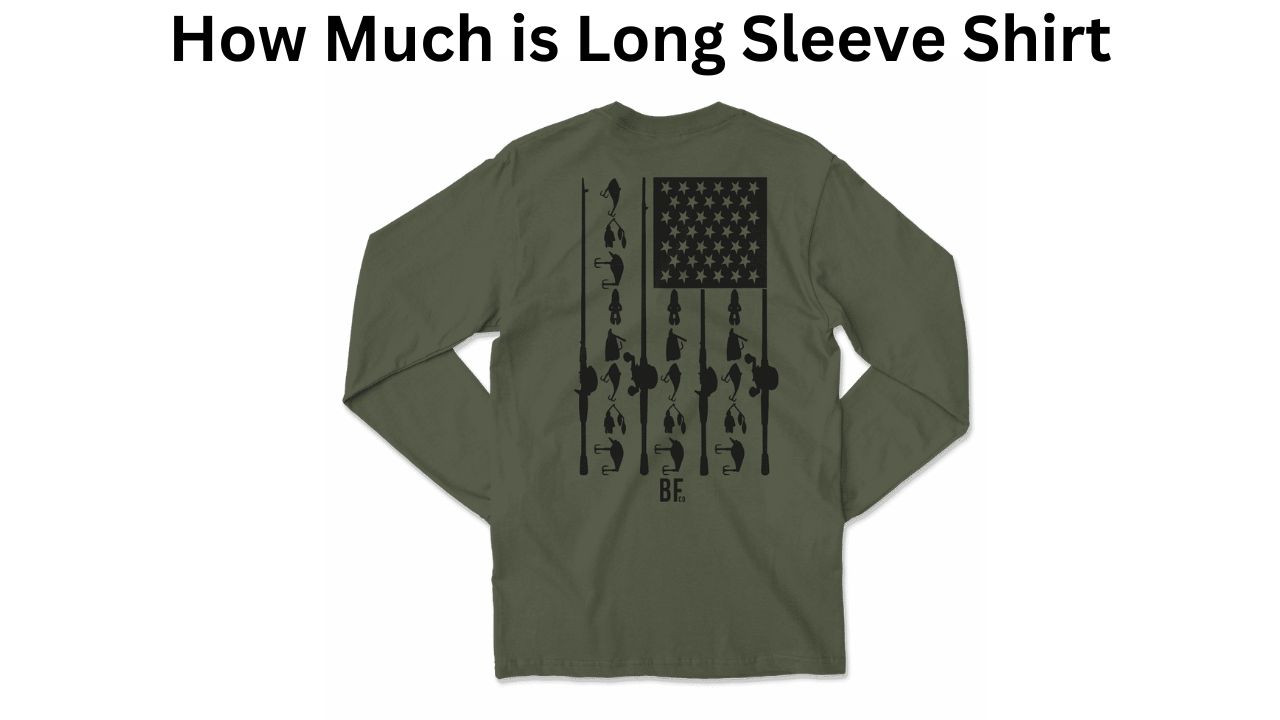
Unveiling the Mystery: How Much Does a Long Sleeve Shirt Weigh
Have you ever wondered how much a Long Sleeve Shirt Weigh? It’s intriguing how such a simple piece of clothing can vary in weight, and it’s not just about the fabric itself. There’s more to it than meets the eye. From the choice of fabric to the design elements, each factor contributes to the final weight of a shirt. This often overlooked aspect of clothing plays a significant role in our comfort, especially in different activities and environments. Let’s dive into the world of clothing weight and unravel the factors that shape it, offering insights into why knowing about it can be more important than you might think, and will get to know how much a long-sleeved shirt weighs.
Factors Influencing the Weight of Long-Sleeve Shirts


The weight of a long-sleeved shirt is influenced by a variety of factors that contribute to its overall feel and suitability for different occasions. Here are the key elements that impact the weight of a shirt:
Fabric Material: Different types of fabrics have varying densities, which directly affect their weight. For instance, lightweight materials like cotton and linen tend to be less heavy compared to thicker options like wool or denim.
Fabric Density: The density of a fabric is determined by how tightly it is woven. Higher-density fabrics are typically heavier due to the increased amount of material used in weaving.
Shirt Size: The size of the shirt plays a significant role in its weight. Larger sizes naturally require more fabric, making them heavier than smaller sizes of the same design.
Design Elements: Additional design features such as pockets, embellishments, and layers can contribute to the weight of a shirt. These elements add extra material, which in turn increases the overall weight.
Weave Pattern: The weave pattern of the fabric also affects its weight. Different patterns, such as twill or satin, can impact the density and heaviness of the fabric.
Average Weight of Different Long-Sleeve Shirt Materials
The weight of long-sleeved shirts can vary significantly based on the materials they are made from. Here’s an overview of the average weight range for different shirt materials:
Cotton: Cotton long-sleeve shirts generally have an average weight range of around 150 to 250 grams (5.3 to 8.8 ounces). The weight can vary depending on the thickness of the cotton and any additional treatments or weaves.
Polyester: Polyester shirts are often lighter, with an average weight range of approximately 100 to 200 grams (3.5 to 7 ounces). Polyester is known for its lightweight and moisture-wicking properties.
Wool: Wool-based long-sleeve shirts are typically heavier due to the natural density of wool fibers. The weight range for wool shirts can be around 200 to 350 grams (7 to 12.3 ounces).
Blends: Shirts made from blended fabrics, such as cotton-polyester blends or wool-synthetic blends, fall within a weight range that combines the characteristics of the individual materials. Blended fabrics offer a balance of properties and weights, often ranging from 150 to 250 grams (5.3 to 8.8 ounces).
Comparing Weights of Men’s and Women’s Long Sleeve Shirts
When comparing the weights of men’s and women’s long sleeve shirts, several factors come into play that can lead to differences:
Fabric and Material: While the average weight ranges discussed earlier apply to both genders, specific fabrics and materials might vary between men’s and women’s shirts. For example, women’s shirts might use lighter-weight fabrics to achieve a more fitted or fashionable look.
Style and Cut: The design and cut of a shirt can impact its weight. Women’s shirts often have more tailored and form-fitting designs, which might use less fabric and result in a lighter weight. Men’s shirts might have a looser fit, possibly using slightly more fabric and being slightly heavier.
Embellishments and Features: Women’s shirts may have more decorative elements, like embroidery, sequins, or lace, which can add a small amount of weight. Men’s shirts might have features like heavier buttons or reinforced stitching, which could also contribute to weight differences.
Size Range: The weight of a shirt can change across different sizes. Smaller sizes might weigh less due to less fabric, while larger sizes could be slightly heavier. This applies to both men’s and women’s shirts.
Additional Considerations for Clothing Weight
Comfort and Functionality: The weight of clothing can significantly impact comfort and functionality. Lighter-weight clothing is often preferred in hot and humid climates as it allows for better airflow and breathability. Heavier clothing might be more suitable in colder conditions to provide warmth. Additionally, heavier clothing can sometimes restrict movement and cause discomfort, especially during physical activities.
Activity and Mobility: The type of activity you’re engaged in can determine the optimal clothing weight. For activities that involve a lot of movement, such as sports or outdoor adventures, lighter-weight clothing can provide ease of movement and prevent overheating. On the other hand, activities that require less mobility, like sitting at a desk, might be more suited for slightly heavier clothing.
Layering: Layering is a common strategy for adapting to changing weather conditions. The weight of each layer can affect your overall comfort. Lightweight base layers are often used to wick moisture away from the body, while heavier outer layers provide insulation from the elements.
Travel and Packability: When traveling, the weight of your clothing can impact your luggage load. Lightweight clothing items are more travel-friendly, as they allow you to pack more items without exceeding weight limits.
Durability: Heavier fabrics might offer greater durability and longevity. They can withstand wear and tear better than lighter, more delicate fabrics.
Fashion and Style: Clothing weight can also be a factor in fashion and style choices. Heavier fabrics can drape differently and create distinct silhouettes, while lighter fabrics are often chosen for their flowy and airy look.
Measuring and Estimating Clothing Weight
Using a Scale: One of the simplest ways to measure the weight of a shirt is by using a digital scale. Place the shirt on the scale and record the weight in ounces or grams. Keep in mind that this method provides the most accurate measurement.
Estimating by Fabric Type: Familiarize yourself with the average weight of different fabrics. For instance, lightweight cotton shirts typically weigh around 4-6 ounces, while heavier denim shirts can weigh 8-12 ounces or more. This can give you a general idea of a shirt’s weight based on its fabric composition.
Comparing to Known Items: If you have a similar clothing item of known weight, you can use it as a reference. For example, if you have a lightweight shirt that you know weighs around 5 ounces, you can compare the weight of the shirt in question to estimate its weight.
Online Resources: Some online retailers provide information about the weight of their clothing items in the product descriptions. This can be helpful for estimating the weight of similar shirts from other brands.
Visual Inspection: Sometimes, you can make an educated guess about a shirt’s weight by visually inspecting its thickness and texture. Thicker and denser fabrics are likely to be heavier, while thin and airy fabrics are generally lighter.
Professional Tools: If you need accurate measurements for specific purposes, such as designing clothing or determining fabric requirements, there are specialized tools available that can measure fabric weight. These tools use various techniques to provide precise measurements.
FAQs(Frequently Asked Questions) How much does a sleeve shirt weigh
How much does a long-sleeved shirt weigh?
The weight of a typical long-sleeved shirt can vary widely depending on factors like fabric, size, and design. On average, it might weigh anywhere from 150 to 400 grams.
Does the type of fabric affect a shirt’s weight?
Yes, different fabrics have different weights. Lightweight fabrics like cotton or linen tend to be lighter, while heavier fabrics like wool or denim can add more weight to the shirt.
Are men’s and women’s long-sleeved shirts different in weight?
There can be slight variations in weight between men’s and women’s shirts due to differences in sizing and cut, but the impact on overall weight is usually minimal.
Can shirt design elements impact its weight?
Yes, design elements like pockets, buttons, and embellishments can add to the weight of a shirt. Shirts with more features may be slightly heavier.
How can I measure the weight of a shirt accurately?
To measure the weight accurately, use a digital kitchen scale or a luggage scale. Place the shirt on the scale and note the weight in grams or ounces.
Is clothing weight an important factor for comfort?
Yes, clothing weight can affect comfort, especially in hot or active conditions. Lighter-weight fabrics might be more comfortable in warmer weather.
Does clothing weight impact outdoor activities?
Heavy clothing can affect your mobility and comfort during outdoor activities. Lighter-weight shirts might be preferred for activities like hiking or sports.
Is a heavier shirt a sign of higher quality?
Not necessarily. Quality depends on various factors, including fabric, stitching, and craftsmanship, rather than just the weight of the shirt.
How much does a shirt weigh in lbs?
The weight of a shirt is around 0.5 – 1 lbs.
How much does a shirt weigh in kg?
The weight of a shirt is around 0.2 – 0.5 kg.
How much does a shirt weigh in grams?
The weight of a shirt is around 200 – 500 grams.
How much do 20 shirts weigh?
20 shirts weigh about 10 – 20 lbs, 4.5 – 9 kg, or 4,500 – 9,000 grams.
How much does a large T-shirt weigh?
A long t-shirt weighs around 0.25 – 0.5 lbs or 100 – 200 grams. T-shirt weight is usually around 0.1 – 0.2 kg.
Conclusion
In conclusion, understanding the weight of long-sleeved shirts involves recognizing the multifaceted factors that contribute to this aspect of clothing. We’ve explored how fabric type, density, size, design, and weave pattern collectively influence a shirt’s weight. While knowing weight can be valuable for various reasons, it’s essential to remember that comfort and functionality should not be compromised solely for the sake of weight. By appreciating the interplay between these elements, readers can make informed choices when selecting long-sleeved shirts for different occasions, activities, and climates. Prioritizing a balance between weight, comfort, and functionality ensures that clothing serves its purpose effectively while enhancing overall satisfaction and confidence in one’s outfit choices.


